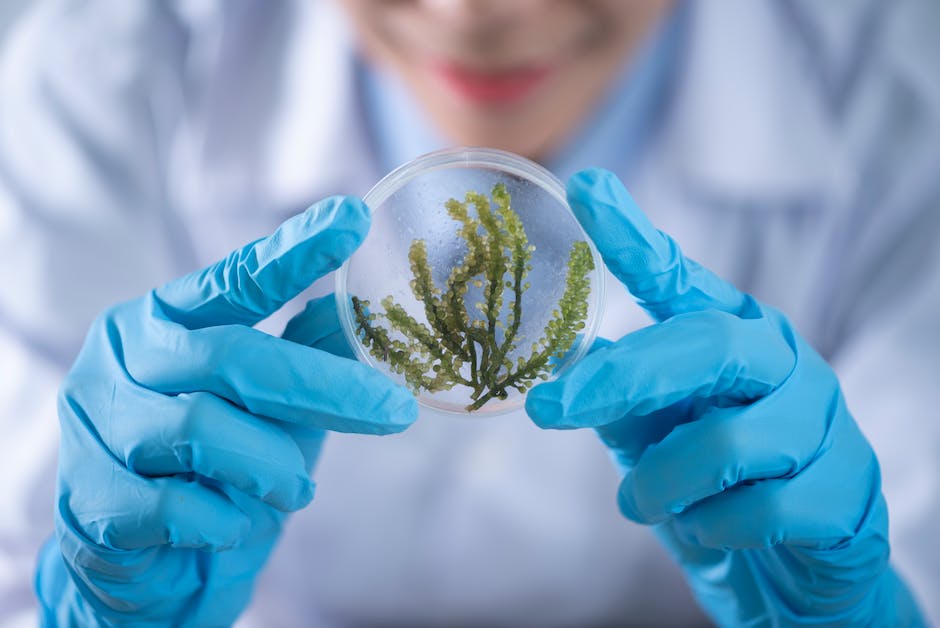As the global cannabis industry continues to expand, new research is needed to keep up with the demand for quality and cost-effective cannabis solutions.
This has been proven by the increasing number of awards and recognitions cannabis researchers receive for their work. It shows how valued their contributions are!
Research has always had a role in marijuana use therapy, and more recently, medical marijuana, as far back as the 1890s. This is not surprising considering how important food and drink are to overall health and recovery.
As technology continues to advance, researchers need to update their research methods to meet what people are looking for from studies. Keeping an open mind, being attentive to detail, having confidence in your study results and sharing these with others should still be part of research today.
Understanding the mechanisms of cannabis

There are several different mechanisms by which cannabis affects your body. These include:
These effects are known as ‘signaling’ effects and are what make it such a powerful drug.
Because of this, there has been much research into the effects of cannabis. Many studies have been done and many have confirmed its therapeutic value.
Because of this, we have a good understanding of the side effects and lack of efficacy that can occur in our research.
More clinical trials for cannabis

As the years go by, more clinical trials will be conducted to determine the effects of cannabis on people with various diseases and conditions. This is due to increased scientific evidence of its potential effectiveness.
There are a few reasons this increased evidence is important. First, it shows that the scientific community has enough confidence in cannabis as an effective treatment to carry out more trials.
Second, this additional evidence will help guide future guidelines for how much and what type of cannabis people should take for symptom relief, side effects management, and overall maintenance. This will help ensure enough people are using it for research before it becomes widely available.
Third, this new data may lead to new recommendations on how much cannabis patients should take for maintenance purposes. Currently, there is no standard amount of marijuana someone should take in order to maintain health and function.
Expanding the gene pool

As legalization continues to grow and adoption rates increase, more scientists are looking into cannabis to expand their gene pool.
This is a exciting time for researchers, as they continue to explore the potential Of everything from CBD treatments for pain to advanced genetic strains designed to improve productivity and efficiency.
Many of these new strains have been in the public eye for a long time, having appeared on television or in publications such as The New York Times. This has made it easier for researchers to study them.
Some of these new strains have been known by different names for years, but now there is a need for clarity on what they are actually about.ּ These will be the test subjects for upcoming gene-editing technologies.
Gathering more data on users

As more data is gathered on users, there are more questions being answered. Users are becoming more open about their cannabis use, and medical conditions can be evaluated using previous data to determine if they respond to cannabis.
Research has shown that people who use cannabis report higher quality satisfaction with their drug than people who do not use it. This confirms the opinion of many that cannabis is a high quality substance that can aid in social interactions and productivity.
Many research teams join a single condition or condition group, so joining multiple groups is not an issue. Once they receive their results, they can share them with the public or professionals to help guide future research.
Better understanding of the effects of THC and CBD

As interest in the legality, effectiveness, and risks of marijuana grows, more research is needed to understand the effects of CBD and THC on humans.
This is especially true as legislators expand access to cannabis products andvetcannabis into legal status once again. As more researchers are recruited, their marijuana research can continue to improve our understanding of medicinal cannabis and overall health.
Some of the effects of CBD that are being studied are thought to have anti-inflammatory effects and may have potential benefits for pain management. This is only a small part of the total effect that CBD has when used correctly. Reports show that even a small amount can provide relief from symptoms of cancer or other medical conditions.
As awareness surrounding CBD increases, expectations for its medical uses increase too. People who use cannabis for medical purposes are expected to know how each strain affects them based on their symptoms.
Combining cannabinoids with other drugs

A potential next step in cannabis research is combining cannabinoids with other drugs. This could potentially create new drugs that target conditions other than cancer, chronic pain, or anxiety.
There are several studies looking into this opportunity, and many are expected to result in publication. A majority of these reports are still in early stages, and some have not yet found a use for.
But what if there was a drug that could treat MS or PTSD? Or what if there was a way to combine CBD and THC to increase the impact of the latter? These questions will certainly be asked as more time goes by and more research is published.
Discovering new cannabinoids

There are several ways to find new cannabinoids. The fastest way is to test them yourself. You can purchase common substances, such as CBD and THC, and determine if they are CBD or not.
As of now, there is only one way to determine if a new cannabinoid is unique compared to other cannabinoids it may have the same effects as others: by testing it yourself.
However, this method is not foolproof. You can still get a false-positive result, where someone else’s cannabinoid appears the same as your cannabinoid. This can happen when a person does not know what other cannabinoids look and feel like, or when someone else does not report something being cannabis-like enough.
The best way to check whether a new cannabinoid is unique or not is by testing it alongside other cannabinoids. If it appears to be similar to other cannabinoids, then you may know that it is because it is new.
Improved cultivation methods

As cannabis consumption continues to evolve, new ways to cultivate and distribute cannabis are introduced annually. Some of these changes include vertical farming, hydroponics, and growing media.
Vertical farming is the practice of cultivating plants in structures that minimize or maximize water access and solar radiation. By working with partners such as universities, you can gain access to new cultivation techniques and ways to market your plant.
By working with universities, you can get your research published in reputable journals.
Hydroponic gardening is when plants are grown in a liquid media instead of the soil. This makes it easier to control humidity and temperature levels without needing a big dryer or heat source.
Heating and packaging products for marijuana smoking also requires specialized equipment.





